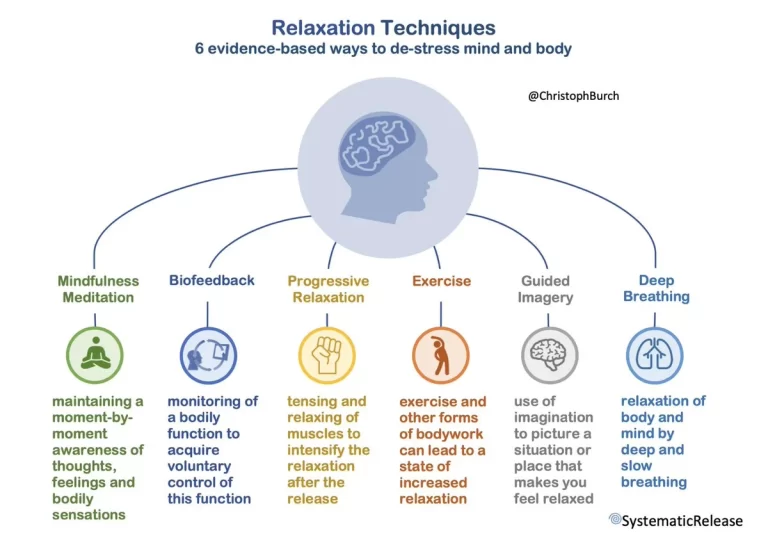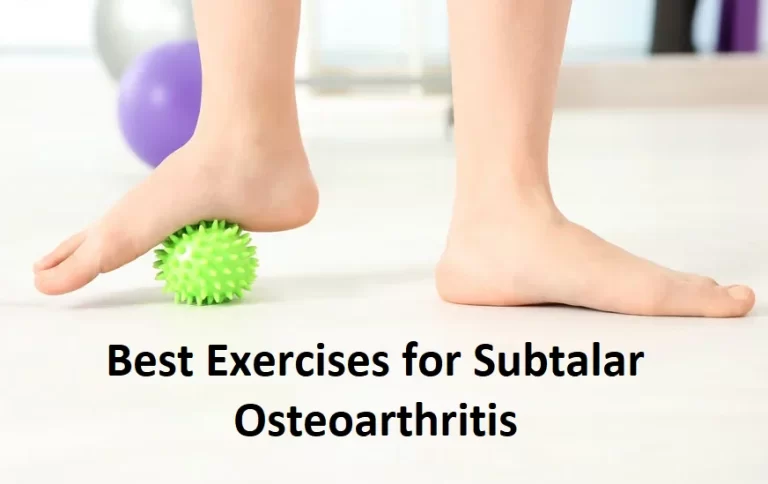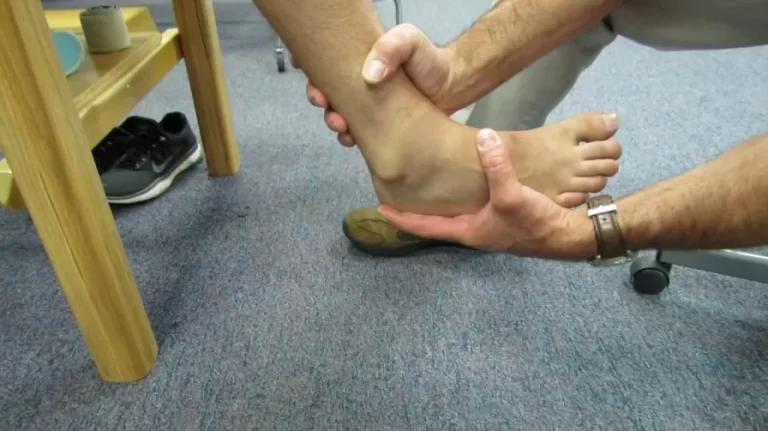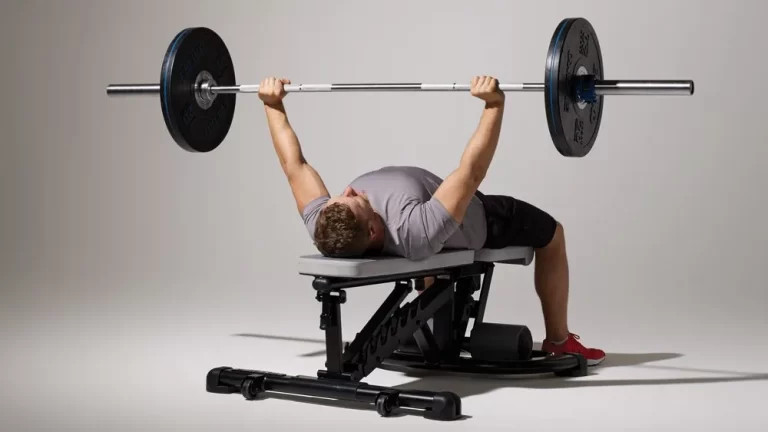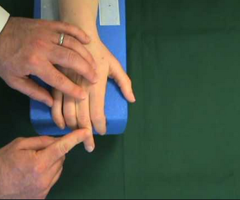ELDOA Method Exercises
What is an ELDOA Method?
The ELDOA method, which stands for Étirements Longitudinaux avec Decoaptation Osteo-Articulaire in French (Longitudinal Osteo-Articular Decoaptation Stretching in English), is a form of therapeutic exercise and stretching technique developed by French osteopath Dr. Guy Voyer.
ELDOA is designed to improve joint health, relieve pain, and promote overall well-being by targeting specific spinal segments and joints in the body.
Guy Voyer created this set of exercises in Europe more than 30 years ago. They focus primarily on the spine at each intervertebral level and also include costal and pelvic articulations. They can be characterized as fascial stretches that concentrate stress at a particular spinal segmental level.
The Niederhoffer, Kabat, Brunstrom, Bobath, Meziere, and Struyf-Denys, among many other therapeutic philosophies and methodologies, have all had an influence on the development of the ELDOA. All of these corrective techniques analyze how the body moves and how that affects the spine.
ELDOA exercises are designed to widen the space between the vertebrae of the spine and to improve the alignment of the joints. This is done by creating fascial tension and muscular contraction in specific positions. ELDOA exercises are typically held for 20-30 seconds and are repeated 3-5 times.
Effects of the ELDOA Method
Both locally, generally, and the immediate effects of the ELDOA exercises can be explained. There are additional descriptions of longer-range secondary effects.
Local Effects:
The superior and inferior zygopophyseal joints are decompressed, resulting in increased space, joint play, and range of motion. This reduces tension in the case of arthrosis or osteoarthritis and might aid in preventing deterioration.
Intervertebral disc fluid absorption is increased.
Epidural, longitudinal, transverse, and emissary venous and arterial circulation is increased, which increases the tissues’ ability to receive nutrients and eliminate waste.
The muscles in the solicited chains of a given posture have better muscle tone and are more capable of performing end-range eccentric contractions. For the purpose of restoring better posture and spinal segment alignment, this is crucial.
General Effects:
Correcting postural irregularities is important since the spine serves as the main support for the body’s biological systems, including the limbs, muscles, and other structures.
Normalization of the primary respiratory system, which is the source of cerebrospinal fluid movement, hence enhancing fluid flow via the vertebral canal.
lowering of psychomotor obstacles. We recognize that the body has both a somatopsychological and a psychosomatic component; as a result, there is a strong connection between the body and the mind. Through the spinal cord, the fine postural system develops the link between the emotional system and posture.
Facilitation of metabolic and neurohormonal processes; based on the effectiveness of the autonomic nerve system, the hormonal system regulates the functional component of the body.
Improved body orientation awareness and the ability to self-correct abnormal postures thanks to local proprioceptive facilitation of the targeted segment.
enhanced myofascial chain kinetic awareness, greater movement synchronization, and more efficient energy use.
Secondary Effects:
Secondary effects are caused by the action of vertebral realignment with its accompanying attachments and function at the functional level of the organ systems and associated tissues.
For instance, there are direct connections between Tll and the esophagus and cardiac sphincter, and between T12 and the kidneys, adrenals, upper section of the cisterna chyli, and the aortic hiatus of the diaphragm. Given the notion of functional anatomy, this directly affects the body’s organic and hormonal processes. Additionally, the larger thoracic canal, azygos veins, and intraspinal venous plexus all directly relate to this. Through the fascia, there are also numerous other indirect connections.
Benefits of the ELDOA Method
ELDOA exercises can be beneficial for a variety of conditions, including:
- Back pain
- Neck pain
- Shoulder pain
- Hip pain
- Knee pain
- Disc herniation
- Sciatica
- Scoliosis
- Kyphosis
- Lordosis
- Poor posture
- Limited range of motion
ELDOA exercises are also beneficial for athletes and people who engage in strenuous activities, as they can help to prevent injuries and improve performance.
ELDOA exercises are generally safe, but it is important to learn them from a certified ELDOA instructor to ensure that you are performing the exercises correctly.
Here are some of the benefits of the ELDOA Method:
- Improved posture
- Reduced pain and inflammation
- Increased range of motion
- Improved flexibility and balance
- Reduced risk of injury
- Enhanced athletic performance
- Improved overall well-being
If you are interested in trying the ELDOA Method, it is important to find a certified ELDOA instructor who can teach you the exercises correctly.
Principles of the ELDOA method
Key features and principles of the ELDOA method include:
- Precise Joint Targeting: ELDOA exercises focus on specific joints and spinal segments, aiming to create space and decompress the area. Each exercise is tailored to a particular joint or segment, allowing for precise and targeted treatment.
- Tension and Compression: ELDOA involves creating tension in the myofascial system (muscles and connective tissues) around a particular joint while simultaneously decompressing and creating space within that joint. This helps improve joint mobility and relieve pressure.
- Postural Improvement: ELDOA exercises often address postural issues by targeting specific muscle groups and joints that contribute to poor posture. Correcting posture can alleviate pain and discomfort.
- Self-Myofascial Stretching: ELDOA exercises can be performed by individuals on their own once they have been taught the proper techniques. This encourages people to actively participate in their own health and wellbeing.
- Breath Awareness: Proper breathing is emphasized during ELDOA exercises. Controlled breathing helps facilitate relaxation, improve tissue oxygenation, and enhance the effectiveness of the stretches.
- Holistic Approach: ELDOA is often integrated into a broader osteopathic treatment plan. It can complement other therapeutic modalities and be part of a comprehensive approach to improving musculoskeletal health.
Osteopaths, physical therapists, chiropractors, and other health professionals use the ELDOA METHOD’s procedures to treat patients all around the world.
These particular approaches are being used by professional athletes from the NHL, MLB, NFL, NBA, PGA, UK track and field Olympic Team, and more to enhance their performance and speed up their recovery after workouts and tournaments.
ELDOA Method Exercise Video
How to Perform ELDOA Method?
To perform the ELDOA Method, you will need to find a comfortable position to lie down on your back. You may want to place a pillow under your head and knees for support.
Once you are in position, you will begin by creating fascial tension in your body. This can be done by contracting your muscles in a specific way or by using a prop, such as a yoga block or strap.
Once you have created fascial tension, you will then move your body into a specific position. This position will be designed to widen the space between your vertebrae and to improve the alignment of your joints.
You will hold each position for 20-30 seconds and repeat 3-5 times. It is essential to breathe deeply and evenly during the exercise.
Here is an example of a simple ELDOA exercise:
- Take a Supine position (Lie down on your back) while keeping your arms at your sides.
- Under your lower back, place a yoga block.
- Place your right foot on the ground while moving your Left knee.
- Contract your abdominal muscles and lift your left leg off the floor.
- Point your left toes towards the ceiling and keep your left leg straight.
- Hold the position for 20-30 seconds and breathe deeply and evenly.
- Repeat on the other side.
This exercise is designed to widen the space between the vertebrae in your lower back. It is also beneficial for improving the alignment of your hips.
It is important to note that there are many different ELDOA exercises, each of which is designed to target a specific area of the body. It is best to learn the ELDOA Method from a certified ELDOA instructor who can teach you the exercises that are right for you.
Here are some tips for performing the ELDOA Method safely and effectively:
Warm up before performing ELDOA exercises. This can be done with some light cardio and dynamic stretches.
Breathe deeply and evenly throughout each exercise.
Do not push yourself too hard. If you feel any pain during exercise, stop the exercise immediately.
Pay attention, and adjust the workouts if required.
If you have any health concerns, be sure to talk to your doctor before starting the ELDOA Method.
What are some of the risk factors of the ELDOA Method?
The following are the risks of doing this inappropriately:
- Lifting inappropriately
- Overweight
- Sudden pressure
- Arduous repetitive activities
- Congenital weakness of the discal tissues
- Chronic dehydration
- Sudden trunk rotation or shearing force
- straightening or over-emphasizing the spine’s basic curvature
- The posterior region of the disc will be compressed and weakened in the event that the vertebral column does not move enough as a result of a work that requires constant sitting. The disc may then develop tears and bulge.
- The disc’s cells would die and stop making the necessary proteoglycan aggregates if they did not receive the right nutrients, such as oxygen or glucose, or if the pH of the disc dropped (because waste is not being diffused out of the disc and it becomes anaerobic). The disc dehydrates, loses hydrostatic pressure, and experiences osmotic pressure.
- The ligaments, joints, and vertebral discs in the rear of the vertebrae are affected by the inflammatory and degenerative processes in the connective tissues. The entire structure of the column becomes unstable if ligaments begin to loosen. As a result, the vertebrae become out of position and the back joints become overworked, prematurely wearing out and eventually developing osteoarthritis.
- Congenital or surgical vertebral fusion increases the need for mobility and shock absorption from the joints above or below the fusion, which increases the risk of injury to the discs and tissues nearby.
Conclusion
In conclusion, the ELDOA method is a therapeutic exercise and stretching technique developed by Dr. Guy Voyer, an osteopath from France. It focuses on precise joint targeting, tension, and compression of the myofascial system, postural improvement, self-myofascial stretching, breath awareness, and takes a holistic approach to improving musculoskeletal health. ELDOA exercises are designed to promote joint health, relieve pain, and enhance overall well-being.
While ELDOA can be a valuable tool for improving musculoskeletal health, it should be learned and practiced under the guidance of a qualified instructor, especially if you have specific medical conditions or concerns related to your musculoskeletal system. Consulting with a healthcare professional is always advisable before starting any new exercise or therapeutic program to ensure it is safe and appropriate for your individual needs.
FAQs
What is ELDOA good for?
Every joint in the body has an ELDOA. As the ELDOA “creates” space, joint mechanics improve, blood flow increases, disc pressure decreases, pain decreases, spinal discs hydrate, posture improves, and a sensation of well-being and awareness increases.
Does ELDOA really work?
Acute and chronic back pain can be efficiently treated with the ELDOA and corrected over time. Regular ELDOA workouts can help reduce many of the risk factors that might lead to intervertebral disc herniation and degeneration.
What is the ELDOA position?
Numerous poses/positions in ELDOA are designed to increase fascial tension. This is achieved by stabilizing one body component first, then moving another in a gradual manner.
What is the Eldoa method for scoliosis?
Exercises called ELDOA are made specifically to help straighten and strengthen the spine at all levels. To help correct the imbalance and prevent scoliosis from getting worse, you can focus on the precise parts of the spine that need it in the case of scoliosis.
What is the origin of ELDOA?
ELDOA, which stands for Etirements Longitudinauz with Decoaptation Osteo Articulaire (Longitudinal axis Osteo-articular Decoaptation in English), is a French acronym. After more than 35 years of research, renowned osteopath Guy VOYER developed this exercise method.
References
- ELDOA. (n.d.). Physiopedia. https://www.physio-pedia.com/ELDOA
- What is ELDOA Method? — ELDOA METHOD. (n.d.). ELDOA METHOD. https://www.eldoamethod.com/about-eldoa-method


